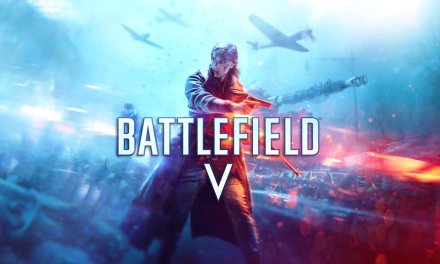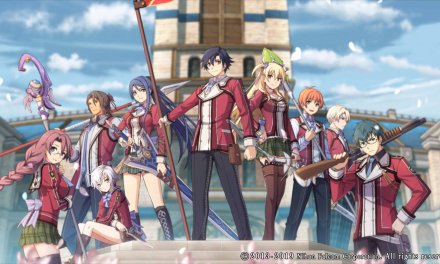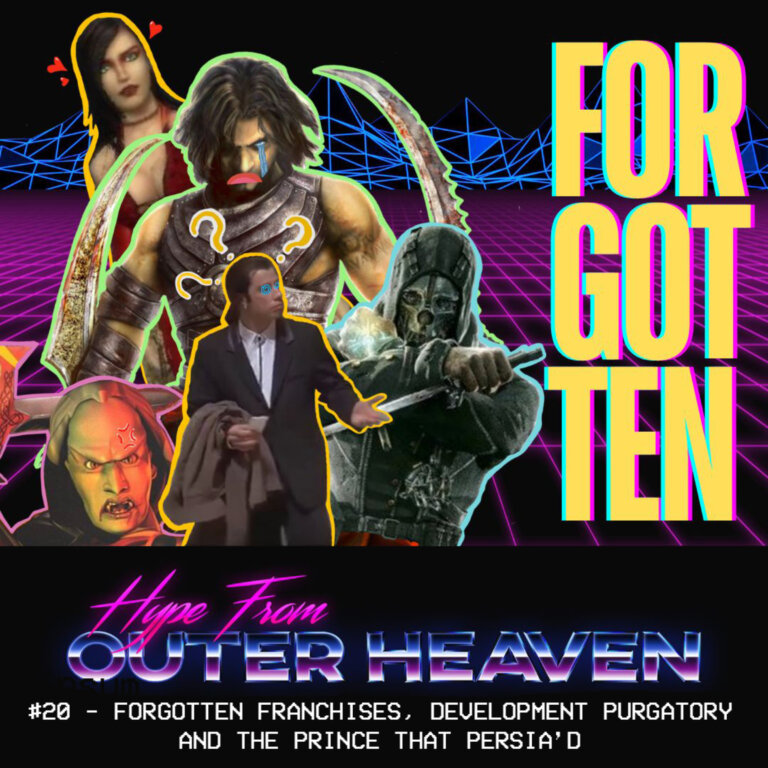Artistically impressive but somewhat lacking in substance
Review by Jamie Burtenshaw
Rack N’ Ruin, the sole focus of developers LifeSpark Entertainment, has just dropped on Xbox One, nearly a full five years after its initial release on Steam and PS4. A nostalgic take on a classic genre, this twin-stick shooter focuses on the devilish deeds of demonic wizard Rack as he brings Ruin to the world of Galia. A stunning environment complements a well composed and thematic soundtrack to create an aesthetically pleasing adventure game, but a limited sandbox and repetitive gameplay do significantly detract from the overall experience.
Rack N’ Ruin opens with our protagonist Rack being stripped of his power and sent to conquer the world of Galia, having angered his master Ruin with his planet-destroying habits. Left with one chance to redeem himself, Rack immediately sets out with no intentions of listening to his master this time either, hellbent on tearing the world asunder. Destruction is Rack’s dopamine, after all.
The most notable aspect of Rack N’ Ruin is that the environment is entirely hand-painted, which is not only visually impressive, but grounds the world of Galia in realism, making you think twice about destroying the rich and aesthetic landscape. Each region has its own, separate environment and enemy types that live there, making you feel as though you really are travelling the planet and experiencing all there is to offer. Not only that, but some regions are also accompanied by their own unique music, encapsulating the emotions the player feels in each area into a single melody.
Plus, the map is just so easy on the eyes…

The writing deserves some major credit too. Though the story itself is simple, it is delivered brilliantly and will not fail to consistently make you laugh. Rack is a loveable main character despite his less-than-loveable intentions, and it leaves you almost cheering him on in his quest for destruction. Rack exudes sass like he exudes evil, complementing that attitude with perfectly timed quips and one-liners. Who doesn’t want to play a character that can crack a joke as easily as they can crack a skull?
The story is delivered through various encounters with the inhabitants of Galia and short, snappy dialogue with Rack’s companions. There was never a large info-dump or un-skippable cutscene ripping me out of the game, nor did I feel at any point that the story was being unnaturally forced upon me or awkwardly discussed simply because it had to be. It maintained the humorous mood throughout and ended up pacing itself fantastically. Similar games could learn a lot in that sense.

Unfortunately, however, I believe the gameplay of Rack N’ Ruin suffers from its own storyline. How? Well, Rack’s goal is, at the end of the day, utter annihilation. As you progress through the game, you will turn each region into a putrid, demonic hellscape at which point, all variation and diversity are null and void. Luscious, blooming trees are all replaced with identical, grey, shrivelled trunks growing various body parts that trees, generally, shouldn’t possess. The ground mutates from a verdant green or dusty, desert yellow to a monochromatic grey or brown with identical bone piles and random, floaty eyeballs littering the landscape. And, most criminal of all, the enemies in each ruined region are essentially the same.
The map design is also fairly complicated, and I found myself scouring the surface for extensive periods of time in search of one tiny passage that connects two of the regions, only to stumble across one that can only be opened from the other direction. In a similar vein, the in-game puzzles are fairly complex and require a solid chunk of time to complete. Some puzzles are just hard to wrap your head around, whereas others are fairly easy but need to be repeated four or five times. Luckily, my good friend Google was always on hand to generously lend me a few points of IQ so that I could quickly get back to the action.
Furthermore, the sandbox of Rack N’ Ruin is fairly limited. Rack has access to a total of four basic weapons throughout the entirety of the game. One of which is rarely used outside of a few puzzles and another is only unlocked in the final stages of your playthrough. I found that the basic fireball attack, the one you unlock immediately, to be the most reliable throughout almost the entirety of the game. The variation comes in the form of randomly dropped items that are mostly one-time use and don’t effectively explain their effects.

With that being said, I am going to end this review on a high note. Though the gameplay in Rack N’ Ruin feels a little empty at times, one thing it does get right is the boss fights. Each one feels completely different from any other combat encounter and will require a different strategy to overcome. Challenging and engaging, the thrill of a boss fight does end up making the journey to get there worth it.

In many ways, Rack N’ Ruin is similar to a Tesco meal deal: decent value for money, filling enough whilst playing it, but once its finished, you’re just not sure if you’re entirely satisfied.







